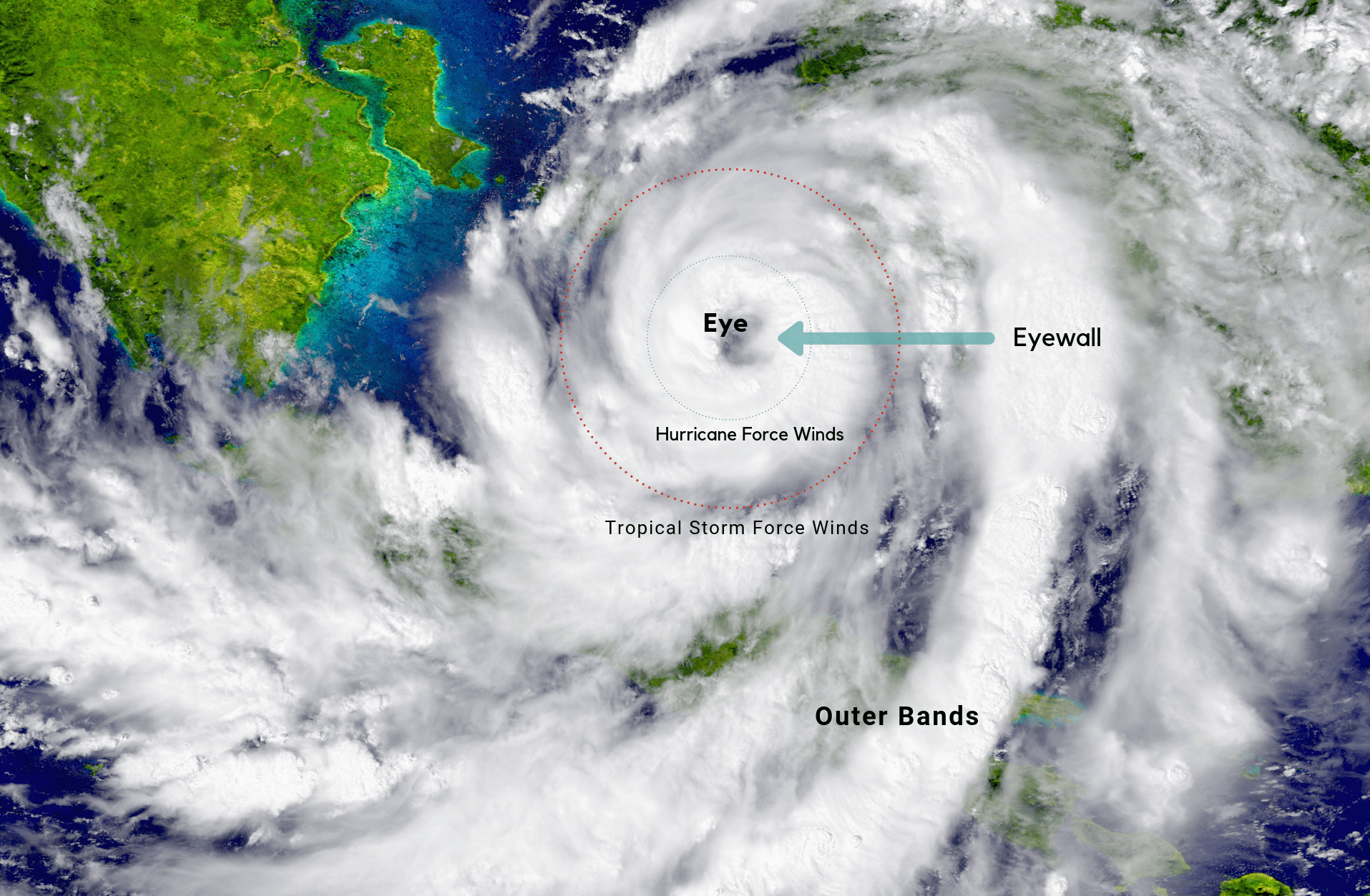Hurricanes and typhoons are both dangerous and unpredictable weather events that can cause significant damage, loss of life, and economic devastation. While hurricanes occur in the Atlantic Ocean, Caribbean Sea, and Gulf of Mexico, typhoons occur in the northwest Pacific Ocean. Both storms form in warm, moist air near the equator and derive their energy from warm ocean water. They can cause high winds, flooding, and storm surges, leading to widespread destruction. However, typhoons tend to be slightly more destructive due to their location in densely populated areas of Asia, where flooding is more likely due to the high water table and population density.
Hurricane vs. Typhoon: Who Is the Most Deadly Natural Disaster?
Introduction
Natural disasters are unpredictable and uncontrollable events that can cause severe damage, loss of life, and economic devastation. Two common natural disasters that occur in different parts of the world are hurricanes and typhoons. While these two weather events share many similarities, they also have significant differences that set them apart. In this article, we will compare and contrast hurricanes and typhoons to determine which is the most deadly natural disaster.
Definition of Hurricane and Typhoon
A hurricane is a tropical cyclone that forms over the Atlantic Ocean or the northeastern Pacific Ocean, while a typhoon is a tropical cyclone that forms over the northwestern Pacific Ocean. Both hurricanes and typhoons are large, swirling storms that can grow to be over 600 miles wide.
Formation and Path
Hurricanes and typhoons both form in warm, moist air near the equator, where the water temperature is at least 80 degrees Fahrenheit. They both derive their energy from the warm ocean water, and as they grow in size and strength, they rotate around a central eye. Hurricanes and typhoons both move across the ocean, following the path of the prevailing winds. However, hurricanes tend to move in a north or northwesterly direction, while typhoons move towards the west or northwest, towards Asia.
Intensity and Wind Speed
Hurricanes and typhoons both have various categories that represent their intensity and wind speed. The Saffir-Simpson Hurricane Wind Scale measures hurricanes on a scale of 1 to 5, based on their sustained wind speeds. The strongest category, Category 5, has sustained winds of 157 miles per hour or higher. The typhoon is measured by the Japan Meteorological Agency, which has five categories ranging from “less than 34 knots” to “above 134 knots.” The winds in a typhoon can reach speeds of up to 150 miles per hour or higher, making it slightly stronger than a hurricane.
Frequency and Location
While hurricanes are more common in the Western Hemisphere, typhoons occur more frequently in the Eastern Hemisphere, particularly in the Pacific Ocean near Asia. Hurricanes form in the Atlantic Ocean, Caribbean Sea, and Gulf of Mexico and usually occur between June 1st and November 30th. However, typhoons can occur year-round in the northwest Pacific Ocean.
Impact and Destruction
The impact and destruction caused by hurricanes and typhoons are similar, with both having the potential to cause significant damage, economic loss, and loss of life. Both types of storms can cause high winds, flooding, and storm surges, which can cause widespread destruction. The impact of a storm depends on its intensity, size, and path. However, typhoons tend to cause more damage since they occur in more populated areas in Asia, and the region is more susceptible to flooding due to the high water table and high population density.
Conclusion
While both hurricanes and typhoons are dangerous and deadly natural disasters, typhoons tend to be slightly more destructive due to their location and frequency in densely populated areas of Asia. Despite this, it is important to remember that every tropical cyclone is unique and should be taken seriously. It is vital to take precautions, follow evacuation orders, and have emergency supplies ready in the event of a hurricane or typhoon.
